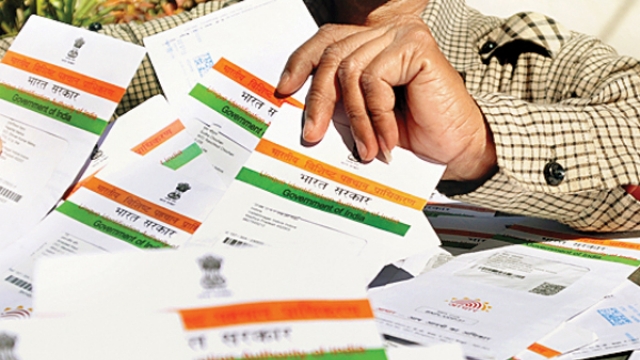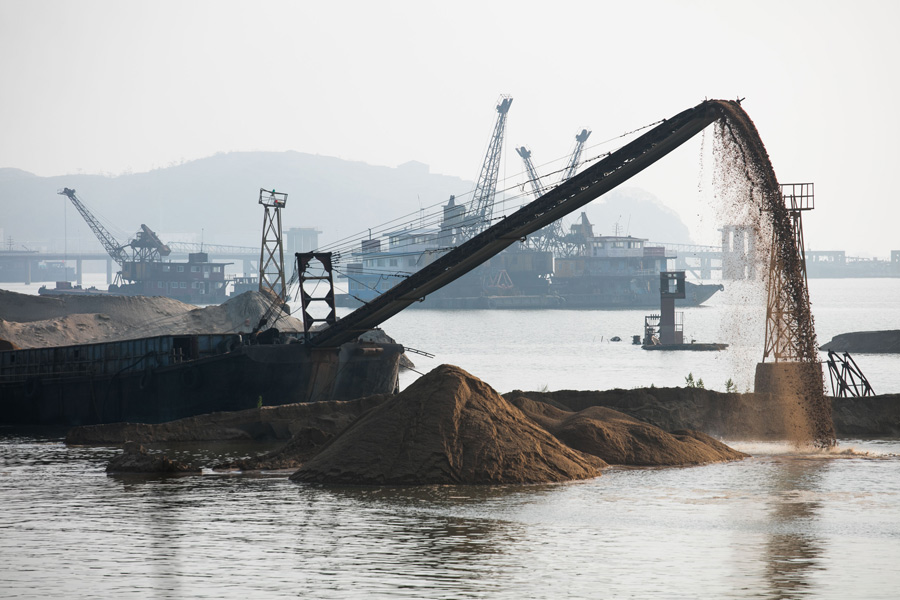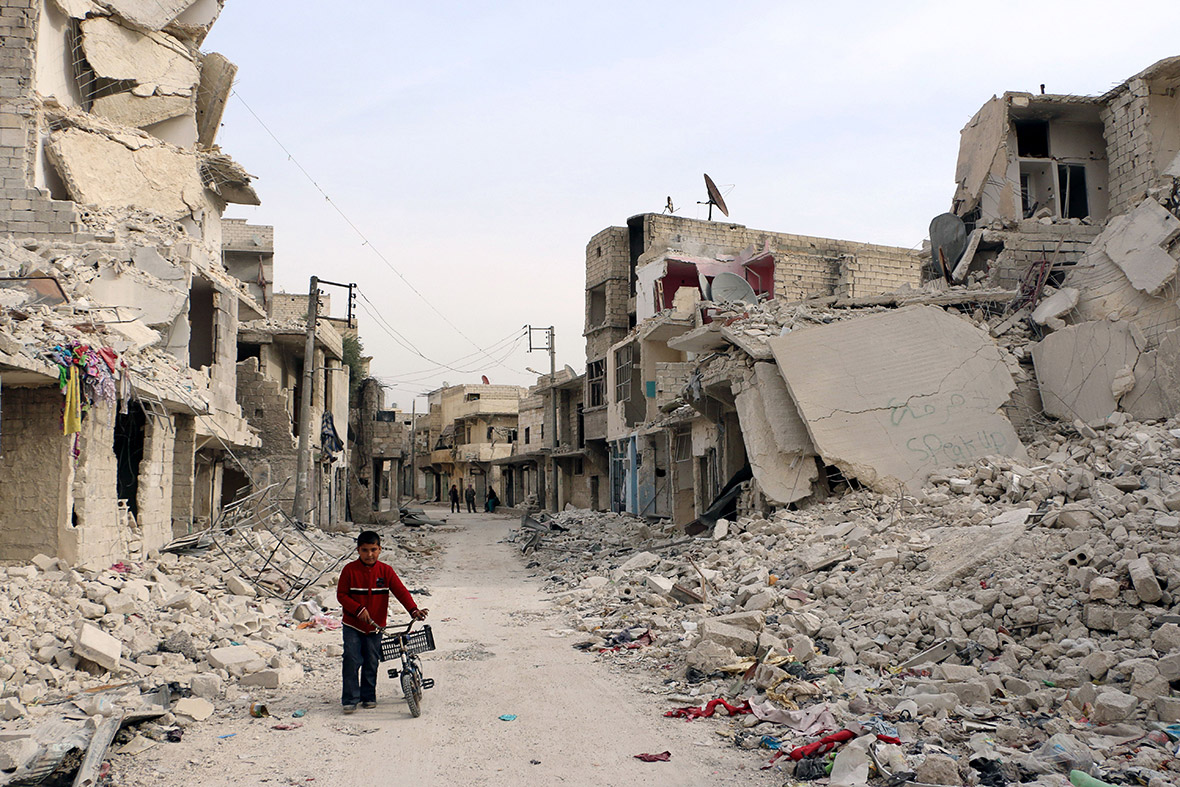Karnataka’s angst and anger-a statewide bandh, or shutdown, is in force today-over a Supreme Court (SC) order to release water of the Cauvery river to neighbour Tamil Nadu is rooted in the failure of the monsoon in the state, a hidden variation of India’s statistically normal monsoon.
Reservoirs in the Cauvery catchment are half as full as they should be, 42% of minor irrigation tanks are dry statewide and 90% of Karnataka’s talukas-subdivisions of districts-recorded deficit rainfall in August. The water in Karnataka’s reservoirs must now be shared between farmers in Karnataka and Tamil Nadu and meet Karnataka’s own drinking water needs. Overall, the state was 16% short of normal rainfall between June 1, 2016, and September 5, 2016, according to data from the Karnataka State Natural Disaster Monitoring Centre (KSNDMC).
The meteorological department classifies this as a “normal” deficit, but rainfall was intermittent and uncertain through the monsoons. After two consecutive droughts, India received normal rainfall-2% less than the 100-year average-by the end of August 2016, but within that normality, more than a third of the country is short of rain, according to India Meteorological Department (IMD) data, IndiaSpend reported in August 2016.
What the terms mean
Excess rainfall: more than 20% of normal Normal rainfall: -20% to +20% of normal Deficient rainfall: -20% to -40% of normal Scanty rainfall: less than 40% of normal Protests erupted in parts of Mysore-Mandya region on September 6, 2016, following the SC order and the government’s decision to release water to TN. The government has sought a modification of the SC order.
Sowing less than a quarter of normal in the Cauvery heartland
In Mandya, where protests against the SC order are intense, sowing has been less than 25% of normal as on August 22, 2016, according to Karnataka agriculture department data. “With deficit rainfall across the state in August, there will be a reduction in proportionate yield and overall production,” said H. Shivanna, Vice Chancellor, University Of Agricultural Sciences, Bengaluru. “In the Cauvery basin, they are transplanting paddy (into fields) now, as it requires lesser water than sugarcane. Sowing is already delayed, and if it does not rain for another 10 days, farmers in the state will be severely hit.”
(Sourced from agencies, Feature image courtesy:oneindia.com)

























